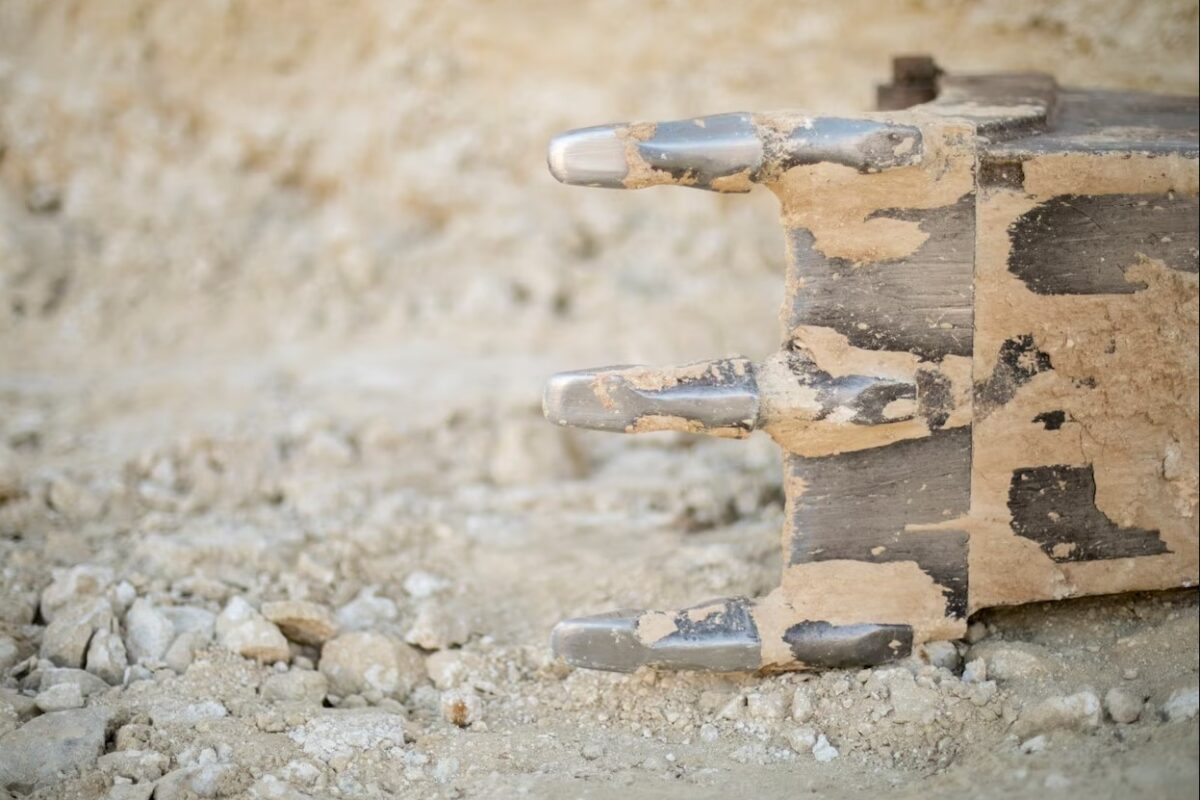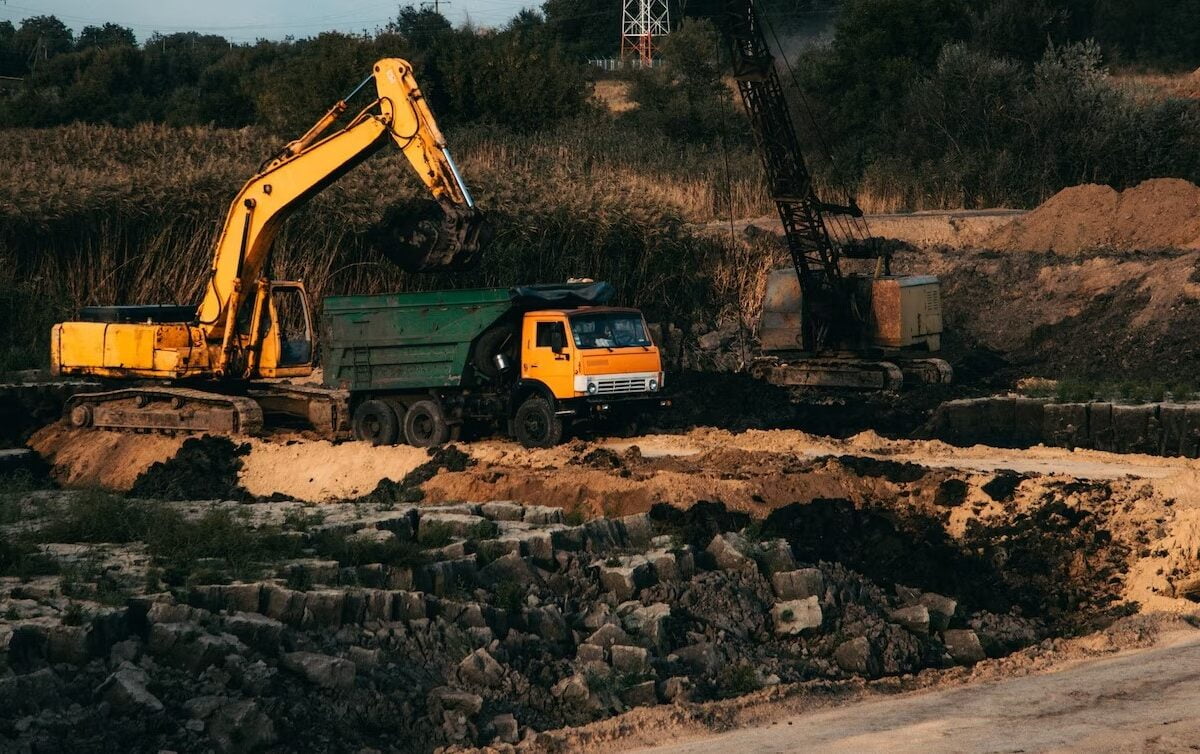have you ever heard of quantum tunneling? It’s this totally mind-blowing phenomenon in quantum mechanics where particles can magically pass through barriers they shouldn’t be able to.
Like, Picture this: Imagine you’re trapped in a room with walls all around you, and suddenly without any logical explanation, you just teleport through one of those walls.
It’s like the laws of the universe are throwing a major curveball at you! But here’s the kicker: this isn’t some sci-fi fantasy, it’s actually happening at the microscopic level.
It’s nuts, right? Our understanding of reality just got turned upside down. Quantum physics is seriously trippy!
tunneling
Tunneling, a method used in construction and excavation, involves the creation of a subterranean passage.
Often utilized to bypass barriers such as mountains, bodies of water, or highly congested urban areas, tunnels play a crucial role in various industries and infrastructure projects.
Tunneling requires meticulous planning, engineering expertise, and the use of advanced equipment to ensure safety and effectiveness.
The process involves several stages, including geological surveys, feasibility studies, and the selection of appropriate tunneling methods.
Depending on the specific requirements of a project, different techniques such as cut-and-cover, bored, or immersed tunneling may be employed.
Additionally, tunneling may be utilized to create subways, underground transportation systems, or utility tunnels for the passage of utilities such as water, gas, or electricity.
While tunneling can offer tremendous benefits, it is not without challenges.
Excavating under unstable geological formations or in highly urbanized areas can pose significant risks and necessitate the use of extensive support systems.
Therefore, skilled professionals, strict safety protocols, and ongoing monitoring are essential to successfully complete tunneling projects and ensure the durability of these underground structures.
quantum mechanical tunneling
Quantum tunneling is an intriguing phenomenon that occurs in the realm of quantum mechanics.
It involves the passage of a particle through a barrier that would typically be impassable based on classical physics principles.
This mysterious behavior can be explained by the wave-particle duality of quantum mechanics. Despite the name, it is important to note that quantum tunneling does not involve actual tunnel formation or physical movement through objects.
Instead, it is a probabilistic event wherein a particle can appear on the other side of an energy barrier without traversing it entirely.
This counterintuitive concept has significant implications in various scientific disciplines, such as solid-state physics and chemistry.
In the field of solid-state physics, for instance, quantum tunneling plays a crucial role in enabling the flow of electric current through insulating materials, leading to the development of devices like tunnel diodes and flash memory.
The study of quantum tunneling not only challenges our understanding of the physical world but also provides opportunities for technological advancements and innovative applications.








